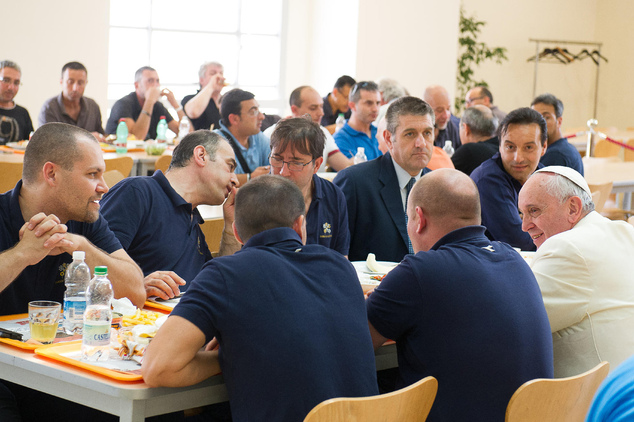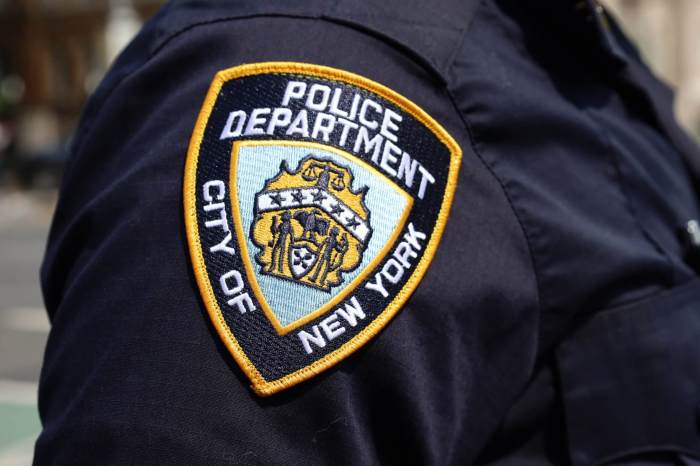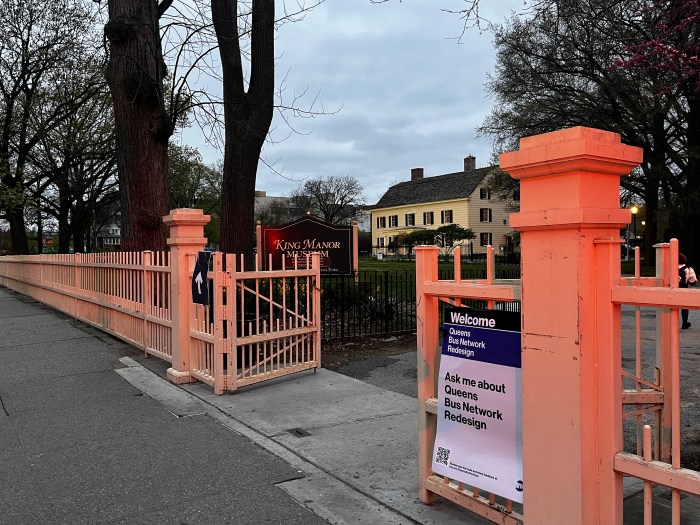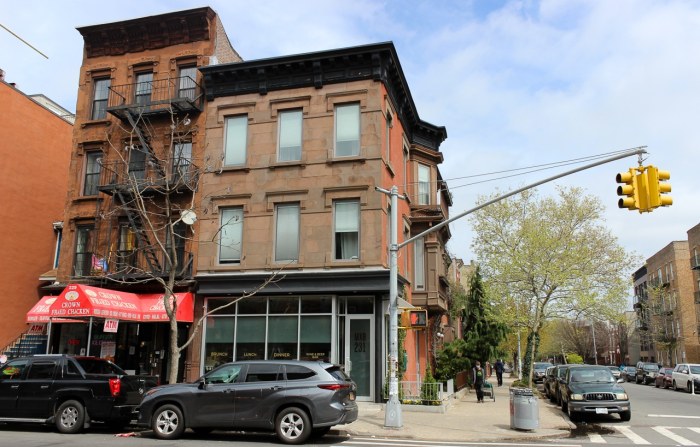BY SHAVANA ABRUZZO | A look into the papal diet over the course of its 2,000-year history shows that popes are only human, and some have stuck to the letter of canon law while others have succumbed to the mortal authority of a hearty appetite.
Jesuit minimalist Pope Francis likes baked, skinless chicken, salad, fruit, and a glass of simple wine. He occasionally indulges in dulce de leche, a caramel milk pudding, and “Bagna Cauda,” a classical farmer’s dish made of roasted veggies dipped in a garlic broth and served in an earthenware bowl warmed by a candle.
His Bavarian predecessor Benedict XVI enjoyed a traditional wurstel salad, a pork dish called “schweinsbraten,” and baked cherries topped with cream.
Polish John Paul II had a soft spot for pierogis.
Boniface VIII’s tableware, including the salt bowl, was made of solid gold. Terrified of being poisoned, he had a full-time food taster and ate with “magic knives” supposed to detect poison on contact.
Clement VI famously said that his sober predecessors “did not know how to be Pope.” He hosted extravagant meals where only he was allowed to eat with a knife to prevent an outbreak of violence.
Martin V’s German-born chef had more than 70 separate recipes for the diverse social classes visiting the Pope. Kings feasted on spicy chicken soup while working ranks were fed leek broth.
Pius IV liked to quench his thirst with barley water, and sate his appetite with frogs fried in garlic and parsley.
Leo XIII, the first pope of the 20th century, ate his meals alone on a folding tray. He breakfasted on a cup of coffee and a small roll of bread, dined on boiled meat and veggies, and supped on soup, prompting his physician to remark, “I eat more in one meal than the Pope does in seven days.”
Paul VI liked “to unwind in the evening with a light scotch and soda,” while Milanese nuns prepared his meals. He reformed the rules on fasting for the poor, whose lives he felt were hard enough.
Pius V wasn’t much of an eater, and threatened to excommunicate anyone who dared to fortify his broth when his constant fasting began to take a toll.


















